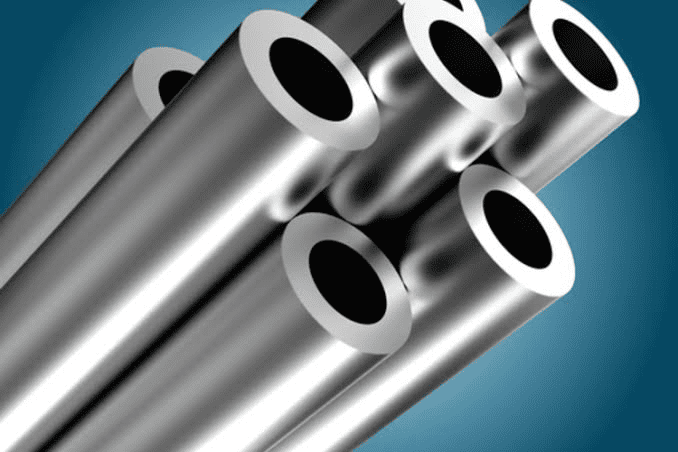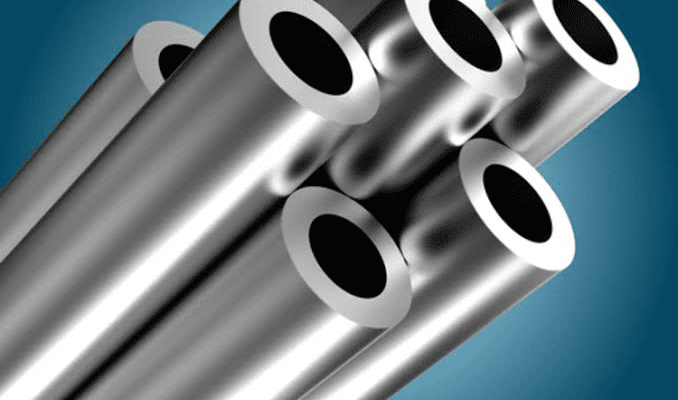
Stainless steel is an alloy of iron, chromium, and, in some cases, nickel and other metals. It is a versatile metal widely known for its corrosion resistance in different environments in which carbon and other low alloy steels can rust easily. In stainless steel, chromium’s presence helps to form a strict, adherent, invisible, corrosion-resisting chromium oxide film on the steel surface.
Stainless steel has low maintenance, high tensile strength, excellent durability, temperature resistance, and easy formability. There are more than 60 grades of stainless steel available today. Stainless steel has a longer life expectancy and is recyclable. The global stainless steel market is projected to reach USD 181 billion by 2027, with a growth rate of 6.3% over 2020-2027.
Stainless steel pipes are used in mechanical and engineering industries to transfer fluids and fluidized solids. Here are five applications and properties of stainless steel grades.
Five Applications Of Stainless Steel
- Medical Use
Stainless steel is highly suitable for use in hygienic environments. It can be sterilized easily and is used to make surgical and dental instruments, operating tables, and medical equipment like steam sterilizers, kidney dishes, and MRI scanners.
- Architecture And Construction
Stainless steel is used in architecture and construction because of its corrosion resistance property. It is used for making handrails, countertops, and more. Molybdenum increases its pitting and crevice corrosion resistance properties which help to prevent staining. It is also used in cladding for large, high-impact buildings.
- Automotive And Transportation
Stainless steel is used in the manufacture of motor vehicles. It is used to construct all transportation forms, including ship containers, road tankers, and refuse vehicles. It shows energy absorption properties, and it can maintain mechanical properties over a different temperature range, which makes it suitable for automotive construction.
- Energy And Heavy Industries
Stainless steel is used widely in heavy industries involved in energy production and refining, hydroelectric, and nuclear power. It is used to construct storage tanks, valves, and pipes to build solid and stable structures.
- Power Plants
Stainless steel is used in power generation plants as suitable for high temperatures and extreme pressure. It is used to construct heat exchangers, reactor tanks, pressure tubes, transformer enclosures, and more.
5 Properties Of Stainless Steel
- Corrosion Resistance
It is the most specific property of stainless steel. The corrosion of different grades of stainless steel differs in various environments. Stainless Steel grades, which have higher Chromium, Molybdenum, and Nickel content, are most resistant to corrosion.
- Cryogenic (Low Temperature) Resistance
Austenitic steel shows excellent toughness and increased tensile strength at sub-zero temperatures.
- Yield strength
Based on the grade type, stainless steel shows high strength and low elongation or low strength and high elongation properties. It offers higher yield strength to carbon steels.
- Ductility
Depending on the grade, stainless steel shows various ductility properties. Some steps have high flexibility, which makes them suitable for strenuous deep drawing processes.
- Biologically inert
Stainless steel is biologically inert, which makes it an ideal metal for kitchen appliances and medical equipment.
To Conclude:
Stainless Steel is used abundantly in everyday applications. It shows different mechanical and chemical properties, including zorrosion resistance, mechanical efficiency, and low maintenance, making it suitable for various industries.

